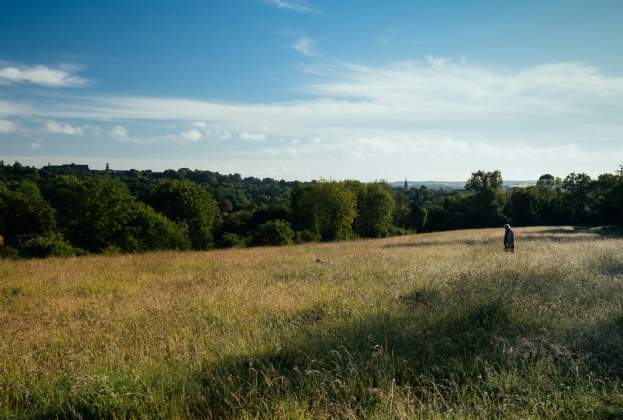The last decade has seen much change in the retail sector. Several long-established brands ceased to trade and there has been an overall flight towards value and discount retail, driving huge growth in those sub-sectors.
There has also been a steady rise in demand for convenience retail, with more consumers shopping daily rather than weekly for groceries and other essentials. All of this has been coupled with major growth in online shopping, which has impacted most retail sub-sectors in some way.
Recent market news about Company Voluntary Agreements (CVAs) and administrations are a stark reminder that retail is yet to reach a new norm and further structural change is inevitable. Many retail destinations are likely to find themselves with multiple vacant lots and the next few years will no doubt prove challenging.
However, retail has proved to be a robust and agile sector throughout the changes of the last 10 years and this adaptability will stand it in good stead for the challenges ahead. As consumer expectations around pricing, speed of delivery, technology and even sustainability develop, so too will the retailers, leisure operators and other businesses that support them. Just as they always have done.
In fact, the next decade may well see more structural change than the last. With less portfolio growth expected, there will be more focus on operational efficiency within retailers’ existing store networks. Inevitably, some retailers will exit the market, but they will be replaced by new brands offering a different type of product or experience.
Linked to this will be a resurgence of independent and entrepreneurial retail and leisure businesses, which are often able to be more dynamic in a rapidly changing market than bigger, established brands. Successful retail and leisure operators will be tuned into evolving consumer preferences in which experience, service and convenience are paramount for drawing people away from the internet and smart phones.
The locations providing these tangible experiences will become less homogenised as the focus switches to creating a more local and varied offer. Excess retail space and long-term voids will be addressed through repurposing of that space for alternative uses including a blend of residential, workspace, community, healthcare, logistics and public realm, as the boundary between our social and working lives becomes less distinct.
Ultimately, more efficient and varied use of retail space will drive occupational demand and create the need for both redevelopment and new development.
We must remember that change is exciting and breeds opportunity. For retail, this list of opportunities is infinite and the sector has long proven itself capable of harnessing change effectively.
Further information

.png)
.jpg)

.jpg)

.jpg)


.jpg)
